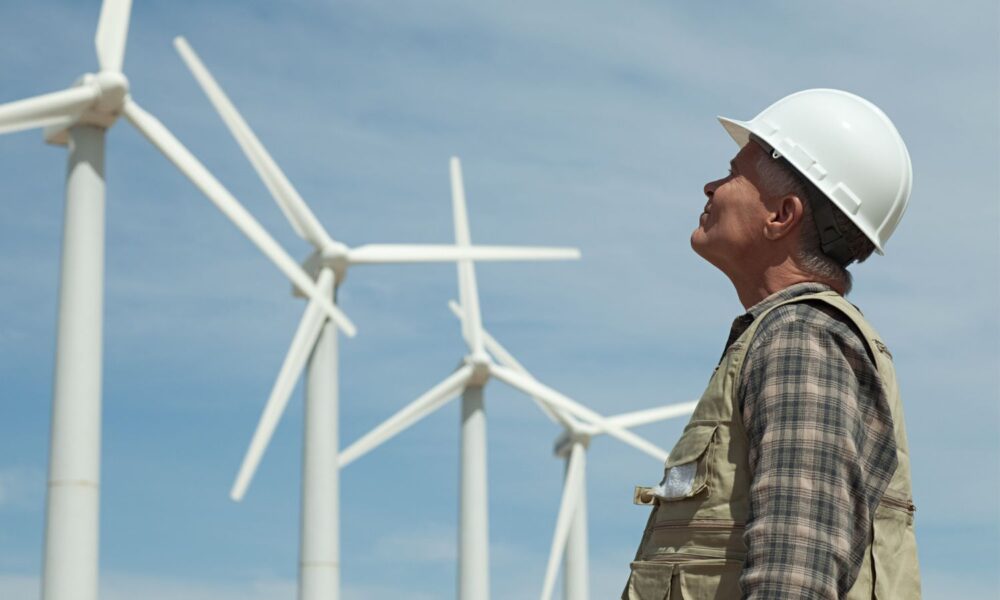 Image Source/Getty Images
Image Source/Getty Images
gas
 Image Source/Getty Images
Image Source/Getty Images
 Walter Bibikow/Getty Images
Walter Bibikow/Getty Images
 Alyssa Deardorff/Pexels
Alyssa Deardorff/Pexels
 Michael Fousert/Unsplash
Michael Fousert/Unsplash
 Leonid Ikan/Shutterstock
Leonid Ikan/Shutterstock
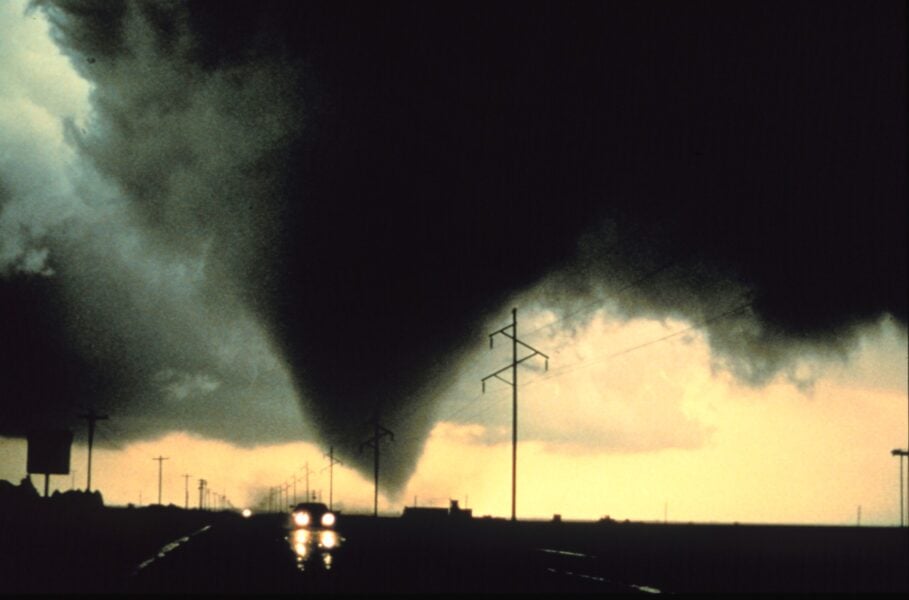 Harald Richter/National Severe Storms Laboratory (NSSL)
Harald Richter/National Severe Storms Laboratory (NSSL)
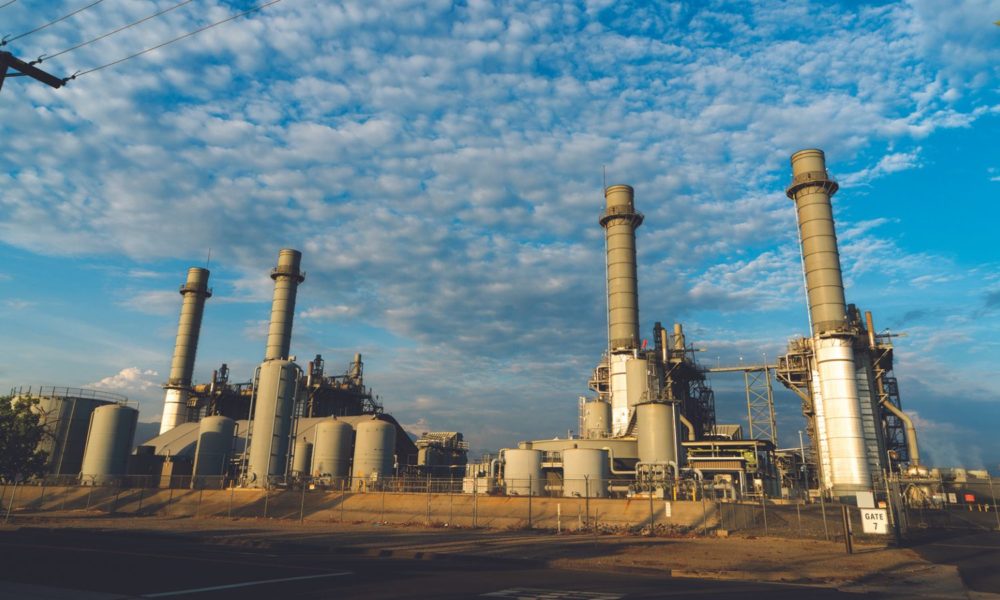 David Danelski
David Danelski
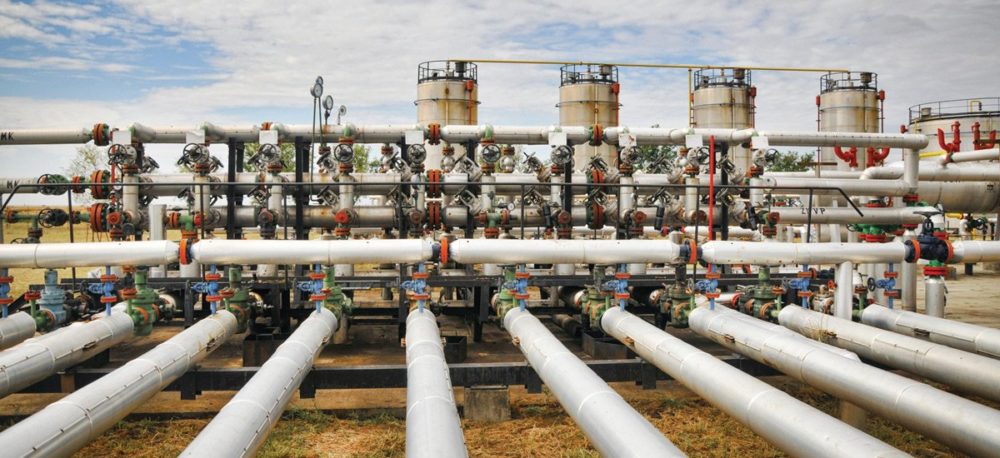 Zorandim/Shutterstock.com
Zorandim/Shutterstock.com
 Downtowngal, CC0, via Wikimedia Commons
Downtowngal, CC0, via Wikimedia Commons
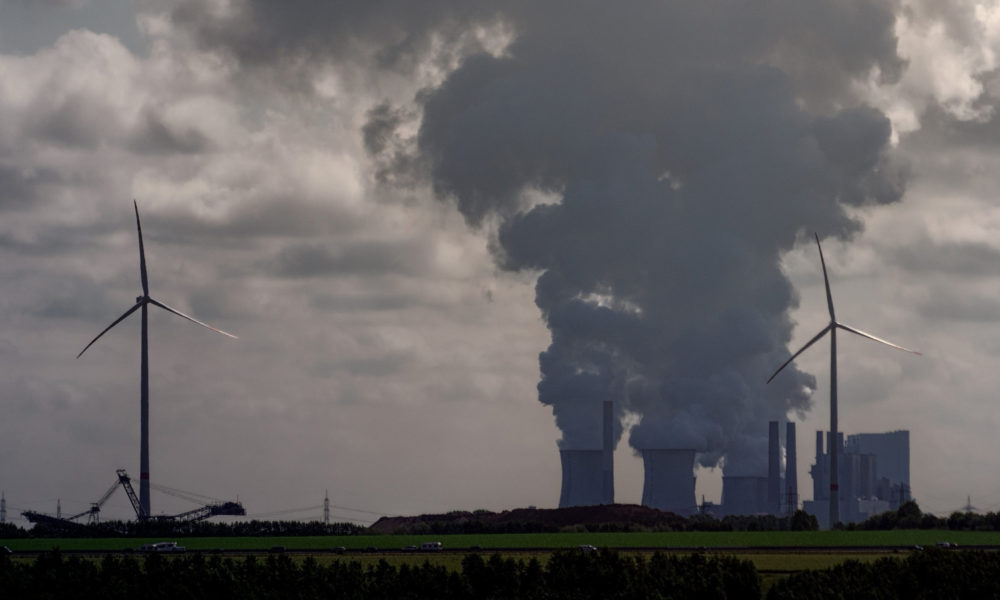 Public domain
Public domain
 SolarCity's solar power plant, backed by Tesla batteries, on Kaua'i. Source: solarcity.com
SolarCity's solar power plant, backed by Tesla batteries, on Kaua'i. Source: solarcity.com
 ShortSword/Pixabay
ShortSword/Pixabay
 Photo: David Danelski
Photo: David Danelski
 Photo: Richard Masoner
Photo: Richard Masoner